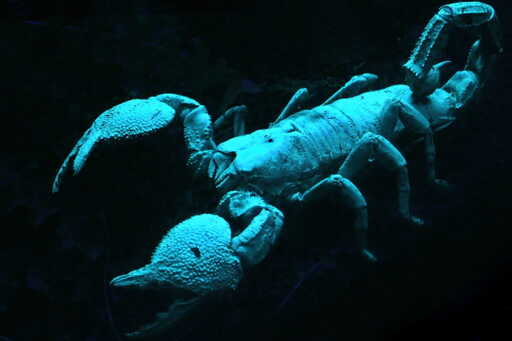Scorpions are a marvel. Some navigate by the stars and communicate by vibrations. They fluoresce under UV light and can live for decades. Scorpions give birth to live young who cling to their backs, and the young scorplings (yes, that’s what they’re called) of some species will linger in the mother’s burrow for years. Although scorpions appear invincible and have endured for more than 400 million years, humans are pushing them to their limits. A recent letter in the journal Science calls for the greater inclusion of scorpions in conservation. “There’s a myth that scorpions will probably survive a nuclear holocaust or nuclear winter,” letter co-author Lorenzo Prendini, Curator of Arachnida and Myriapoda at the American Museum of Natural History, New York, told Mongabay. “But I doubt it.” The threats to scorpions read like a familiar list: habitat destruction from agriculture, mining and urbanization, all made worse by climate change. But scorpions face additional pressures such as overharvesting for venom extraction and the exotic pet trade. Scorpion venom can be valued at up to $10 million per liter, driving a surge in illegal “venom milking” operations, according to the letter. And while all scorpions are venomous, only about 25 to 30 out of nearly 2,900 known species have venom potent enough to be dangerous to humans. Scorpions give birth to live young and carry scorplings on their back. Photo by JawnTEM, CC BY-SA 3.0 Scorpions play vital roles in the ecosystems they inhabit. As dominant arthropod predators, particularly in arid…This article was originally published on Mongabay
From Conservation news via this RSS feed


